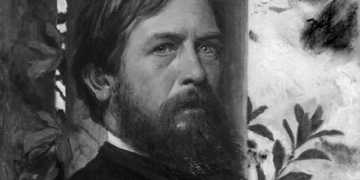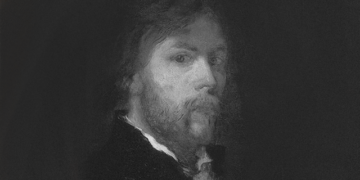Artifacts are more than mere objects; they are tangible connections to the past, offering insights into the cultures, beliefs, and creativity of those who came before us.
In the world of Symbolism, artifacts take on a deeper meaning, embodying the ideas and emotions that the movement sought to express. Symbolist artists often drew inspiration from ancient artifacts, incorporating their forms and meanings into their work. These objects, steeped in cultural significance, provided a rich source of allegory and myth, aligning perfectly with the Symbolist goal of exploring the unseen and the spiritual.
Artifacts like ceremonial masks, religious relics, and mythological sculptures were not only admired for their aesthetic value but also revered for the stories and beliefs they carried. Artists used these objects to bridge the gap between the physical and metaphysical, crafting works that resonated with timeless themes such as love, death, and the divine.
Whether viewed as relics of the past or symbols of artistic ingenuity, artifacts are invaluable. They connect us to the origins of creativity and demonstrate how art has always been a universal language, capable of conveying profound meaning across time and space. Through artifacts, we gain a deeper appreciation of the artistry and vision that shape our world.












